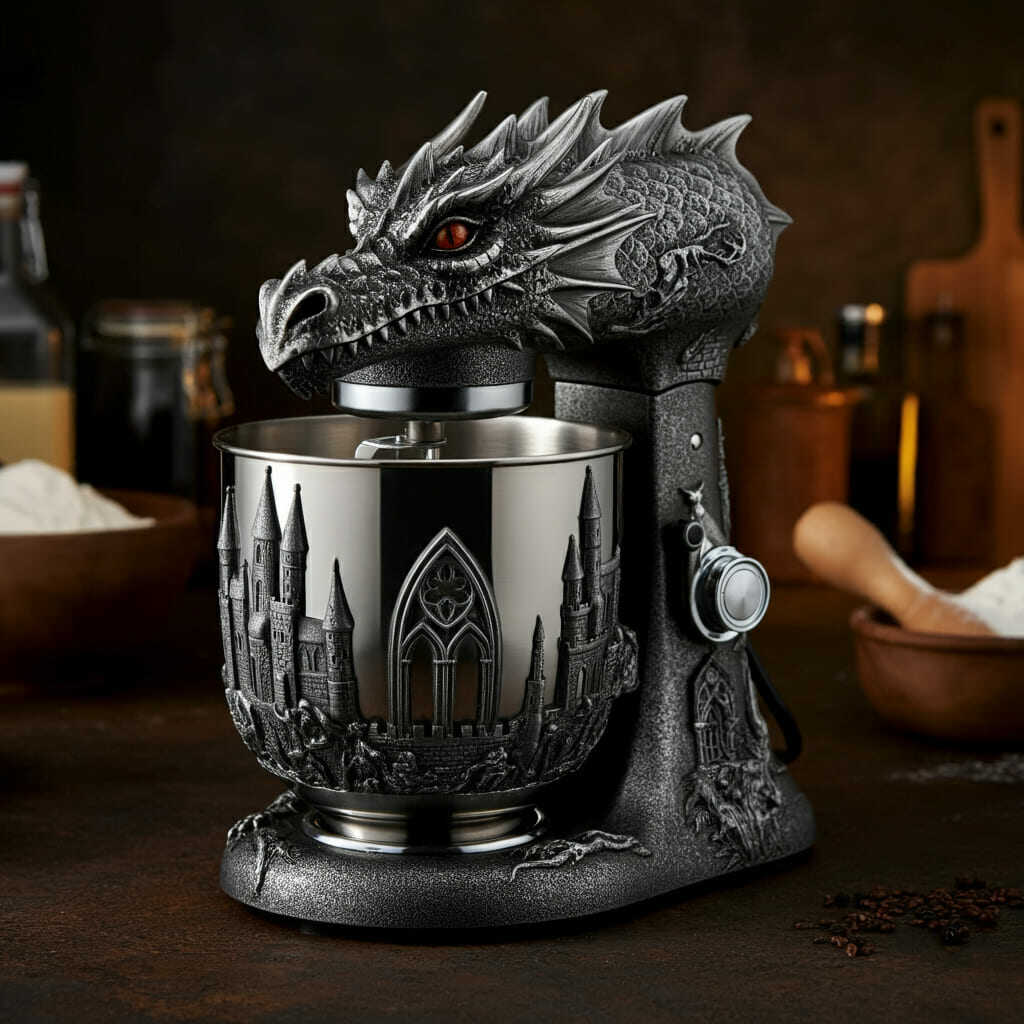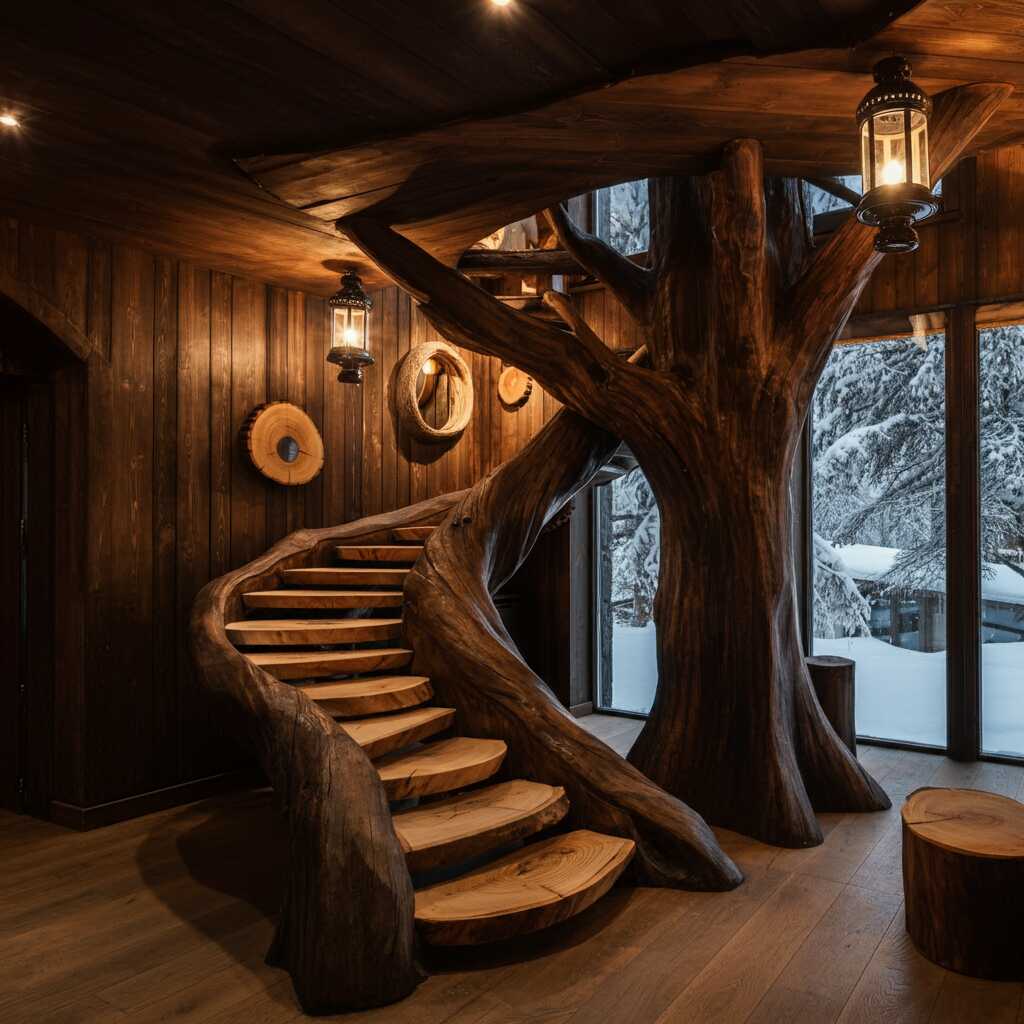In the ever-evolving landscape of interior design, where conventional forms and traditional aesthetics often dominate our living spaces, the emergence of skull shaped vases represents a fascinating departure from the ordinary. These distinctive pieces transcend their macabre origins to become compelling works of art that challenge conventional notions of beauty and functionality in home decor. The allure of skull shaped vases lies not merely in their striking appearance but in their ability to transform spaces through their unique blend of symbolism, craftsmanship, and artistic expression. As contemporary interiors increasingly embrace eclectic and personalized approaches to decoration, these unconventional vessels have emerged as powerful statement pieces that speak volumes about individuality and sophisticated taste. Their presence in modern homes challenges traditional boundaries between ornamentation and practicality, creating a dynamic interplay between form and function that resonates with today’s design-conscious individuals. Beyond their visual impact, skull shaped vases serve as conversation starters and thought-provoking elements that add depth and character to any space they inhabit, representing a perfect fusion of artistic integrity and decorative purpose.
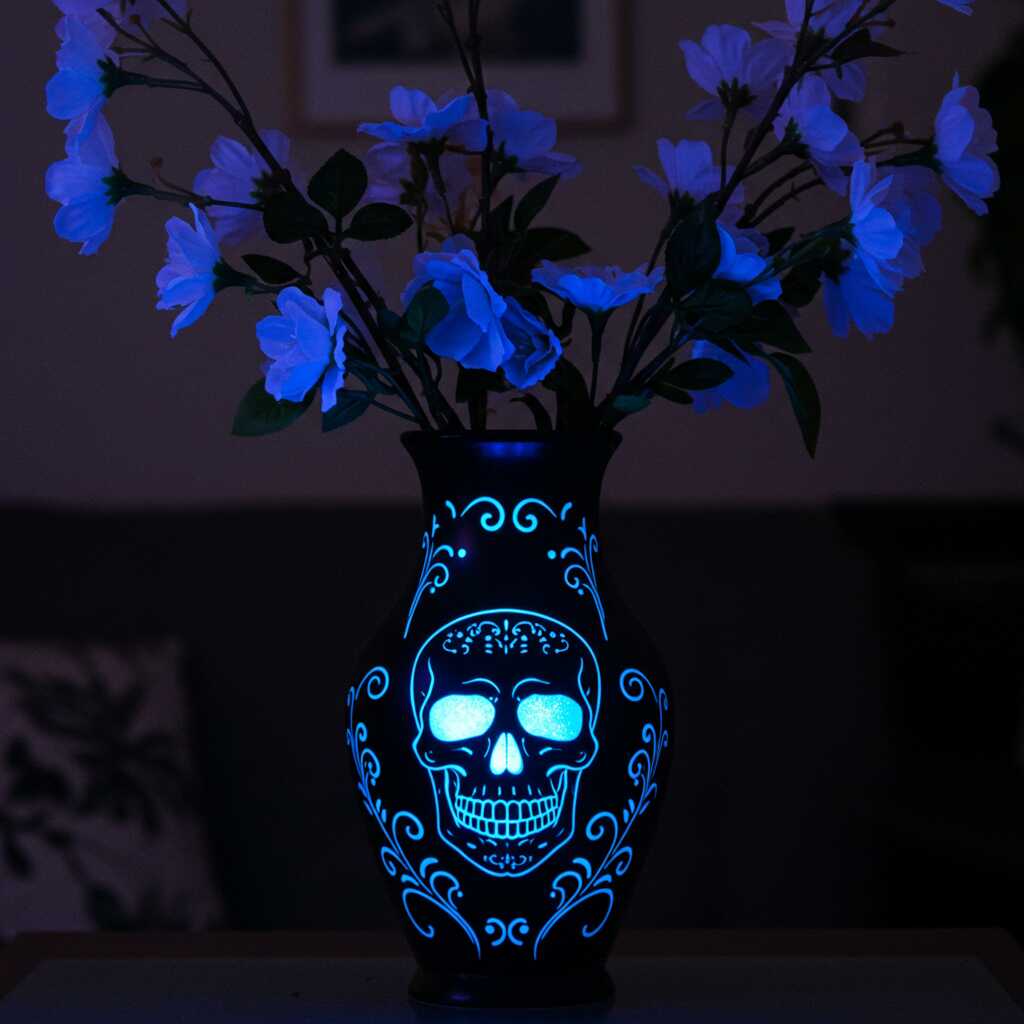
Historical Significance and Cultural Evolution
The journey of skull imagery from ancient symbols to contemporary decorative elements is deeply rooted in human history, spanning countless civilizations and cultural epochs. In prehistoric times, skulls held profound spiritual significance, serving as sacred objects in burial rituals and ancestor worship across various cultures. Ancient Mesoamerican civilizations, particularly the Aztecs and Mayans, elevated the skull to an art form through their intricate sugar skulls and ceremonial masks, transforming what might be considered morbid into vibrant celebrations of life and death. During the European Renaissance, anatomical studies brought scientific precision to skull representations, while simultaneously artists like Albrecht Dürer incorporated them into their work as memento mori – reminders of mortality that inspired deeper philosophical contemplation.
The Victorian era witnessed a fascinating paradox in skull representation, where mourning practices embraced elaborate mourning jewelry featuring miniature skulls, blending grief with exquisite craftsmanship. This period marked a crucial transition in how society engaged with mortality through art and design, paving the way for the twentieth century’s avant-garde movements to experiment with skull motifs in increasingly abstract and conceptual ways. The twentieth century saw artists like Georgia O’Keeffe and Salvador Dalí incorporating skull imagery into their work, elevating it beyond its traditional associations to explore themes of transformation and continuity.
In contemporary design, this rich historical tapestry converges with modern sensibilities, resulting in skull shaped vases that honor tradition while embracing innovation. Today’s designers draw inspiration from this extensive cultural heritage, infusing their creations with references to both historical reverence and modern irreverence. The evolution from sacred relic to decorative object reflects broader shifts in societal attitudes toward mortality and aesthetics, allowing these pieces to serve as bridges between past and present. Modern interpretations often incorporate elements from diverse cultural traditions, creating hybrid forms that speak to our globalized world while maintaining deep connections to specific historical contexts. This historical continuum transforms skull shaped vases from mere decorative objects into carriers of complex cultural narratives, making them particularly compelling additions to contemporary interiors that value depth and meaning in their decorative choices.
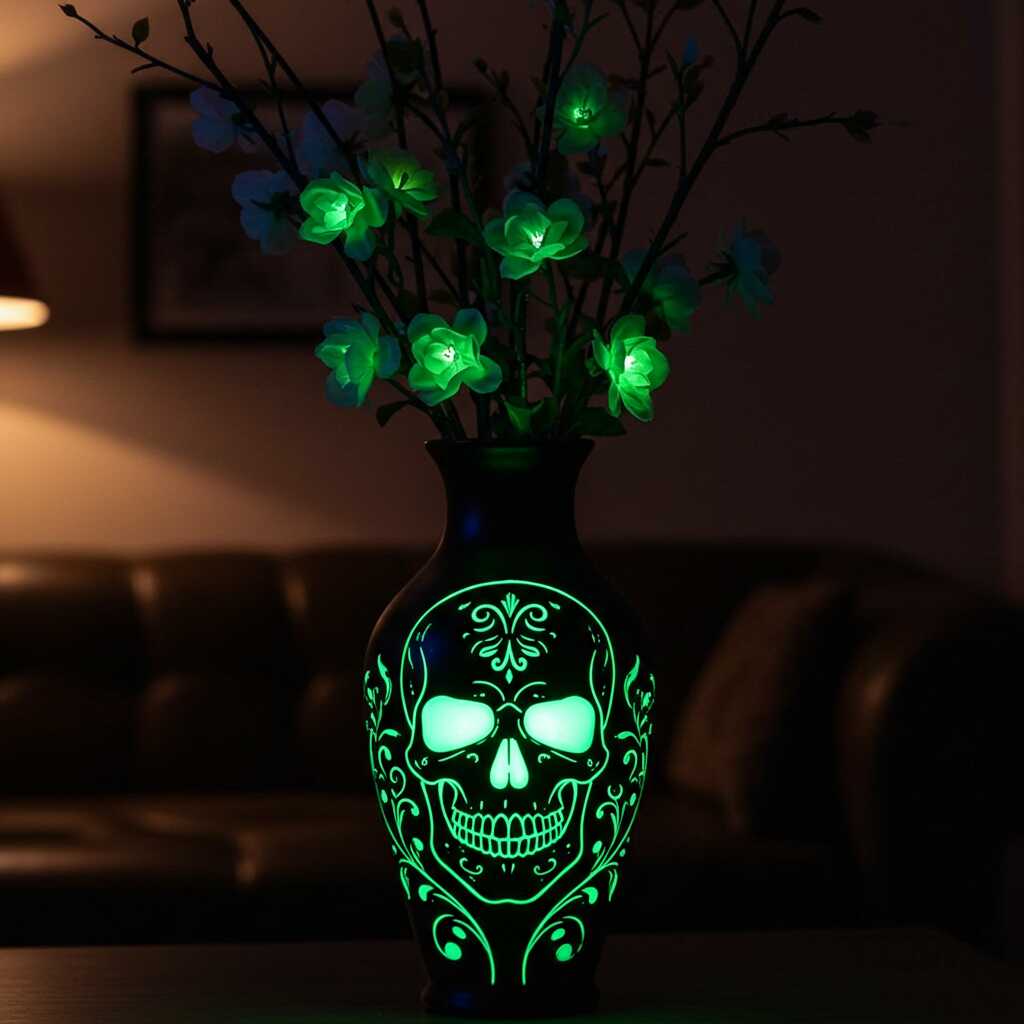
Design Versatility and Aesthetic Impact
Skull shaped vases demonstrate remarkable versatility in complementing various interior design styles, seamlessly integrating into spaces ranging from minimalist lofts to opulent traditional settings. In modern minimalist environments, their clean lines and geometric precision create striking focal points that enhance the simplicity of surrounding elements. The stark contrast between their organic form and industrial materials like polished concrete or brushed metal adds layers of visual interest without overwhelming the space’s essential sparseness. When positioned against expansive white walls or within monochromatic schemes, these vases emerge as sculptural masterpieces, their shadows casting dynamic patterns that evolve throughout the day.
Within bohemian and eclectic interiors, skull shaped vases flourish as canvas-like surfaces for artistic experimentation. Artisans employ techniques such as hand-painting, ceramic glazing, and mixed media application to transform these pieces into vibrant expressions of creativity. Some feature intricate mandala patterns or nature-inspired motifs that soften their inherent geometry, while others embrace bold color blocking or metallic accents that amplify their dramatic presence. The interplay of textures becomes particularly pronounced when these vases are crafted from contrasting materials – smooth porcelain combined with rough-hewn stone, or translucent glass juxtaposed with opaque ceramic elements.
The adaptability of skull shaped vases extends to their functional applications, transcending their primary purpose as floral containers. In contemporary settings, they frequently serve as standalone sculptures, carefully positioned to anchor specific areas within a room. Their hollow interiors make them ideal vessels for housing LED lighting installations, creating ethereal glow effects that transform spaces after dark. Some designs incorporate modular elements, allowing homeowners to rearrange sections or attach additional components, effectively enabling the piece to evolve alongside changing interior preferences.
Architecturally integrated versions of these vases push the boundaries of conventional design even further. Wall-mounted iterations transform vertical spaces into gallery-worthy displays, while oversized floor models command attention in grand foyers or double-height living rooms. Particularly innovative designs incorporate water features or kinetic elements, introducing movement and sound that engage multiple senses simultaneously. The interplay between light and shadow becomes especially pronounced in these larger pieces, creating constantly shifting patterns that animate surrounding surfaces.
Material selection plays a crucial role in determining the overall aesthetic impact of skull shaped vases. Contemporary designers experiment with unexpected combinations, pairing traditional materials like ceramic and glass with modern alternatives such as resin, acrylic, or even recycled materials. This material diversity allows for variations in transparency, texture, and finish that can dramatically alter the piece’s visual weight and presence within a space. For instance, matte-finished vases create subtle, understated statements, while highly reflective surfaces generate dramatic focal points that interact dynamically with surrounding light sources.
The placement of these vases within interior spaces requires careful consideration of spatial relationships and visual balance. In smaller rooms, strategically placed mirrors can amplify their impact by creating multiple reflections, effectively multiplying their presence without overcrowding the space. Conversely, in larger areas, groupings of varying sizes and finishes can establish rhythm and movement, guiding the eye through the room while maintaining visual coherence. The orientation and positioning of these pieces can significantly influence their perceived meaning and impact, with upward-facing designs suggesting growth and aspiration, while downward-angled versions evoke introspection and contemplation.
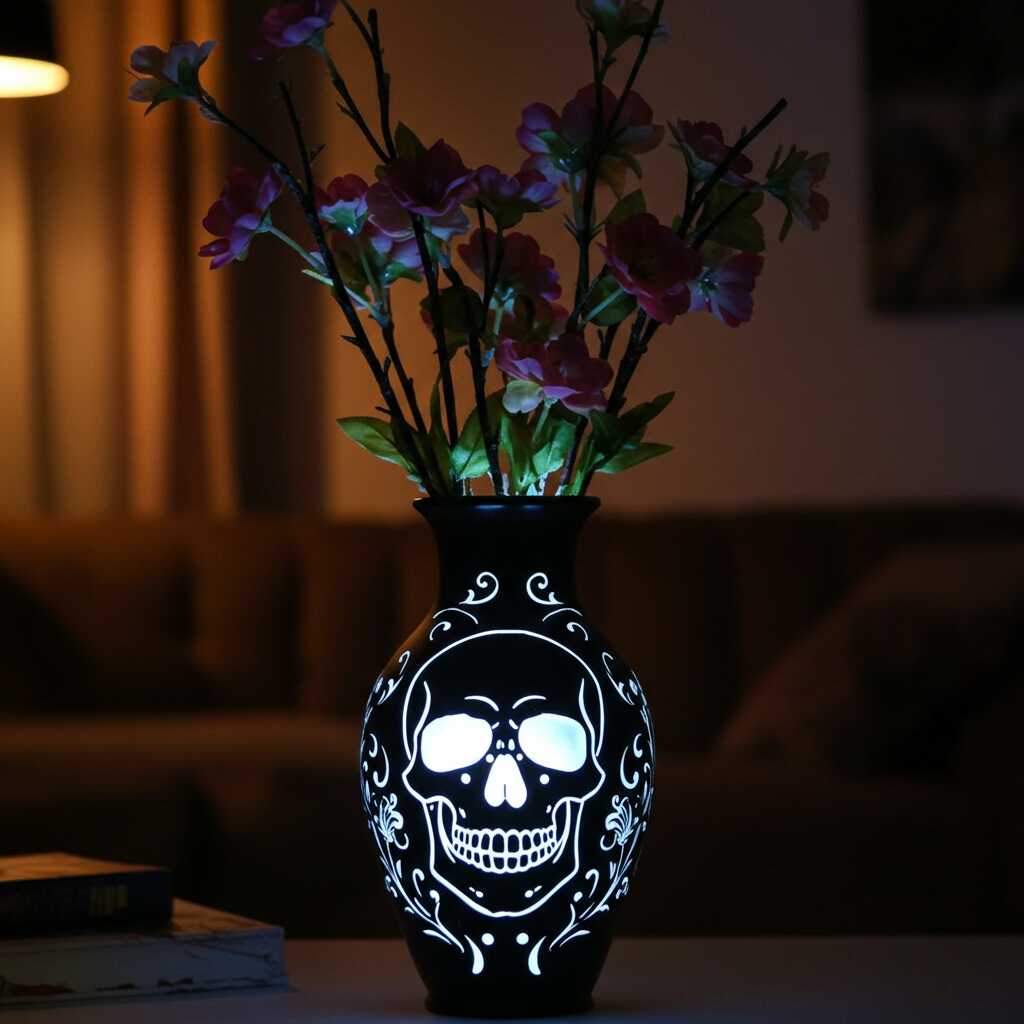
Symbolism and Psychological Resonance
The psychological impact of skull shaped vases transcends their physical presence, engaging viewers on multiple cognitive and emotional levels. From a neurological perspective, the human brain’s specialized facial recognition circuits respond instinctively to the familiar contours of the skull, triggering immediate attention and processing. This automatic response stems from our evolutionary development, where recognizing faces and skull structures was crucial for survival and social interaction. However, rather than evoking fear or discomfort, contemporary skull shaped vases often elicit fascination and curiosity, demonstrating how context and presentation can fundamentally alter our emotional responses to potentially unsettling imagery.
Culturally, these pieces tap into complex psychological associations between beauty and mortality, challenging viewers to confront and reinterpret their perceptions of permanence and transience. In Jungian psychology, skulls represent archetypal symbols of transformation and rebirth, serving as powerful reminders of life’s cyclical nature. When encountered in domestic settings, these vases prompt subconscious reflection on personal growth and change, encouraging inhabitants to embrace impermanence as a natural aspect of existence. This psychological engagement transforms everyday spaces into environments that foster deeper self-awareness and contemplation.
The placement of skull shaped vases within different areas of the home creates distinct psychological atmospheres. In living rooms, they can stimulate intellectual conversations and philosophical discussions, acting as catalysts for exploring meaningful topics. When positioned in private spaces like bedrooms or studies, they may encourage introspection and personal growth, serving as constant reminders of one’s own potential for transformation. The interplay between their symbolic weight and their decorative function creates a unique psychological tension that keeps occupants mentally engaged with their environment.
Moreover, these pieces occupy an intriguing space in the realm of aesthetic pleasure, where traditionally “dark” imagery becomes a source of beauty and wonder. This paradoxical appeal speaks to the human capacity for finding elegance in complexity and sophistication in contradiction. The presence of skull shaped vases in home environments subtly encourages inhabitants to develop more nuanced perspectives on life’s dualities – beauty and decay, permanence and change, light and shadow. This psychological sophistication transforms these pieces from mere decorative objects into tools for personal development and expanded consciousness.
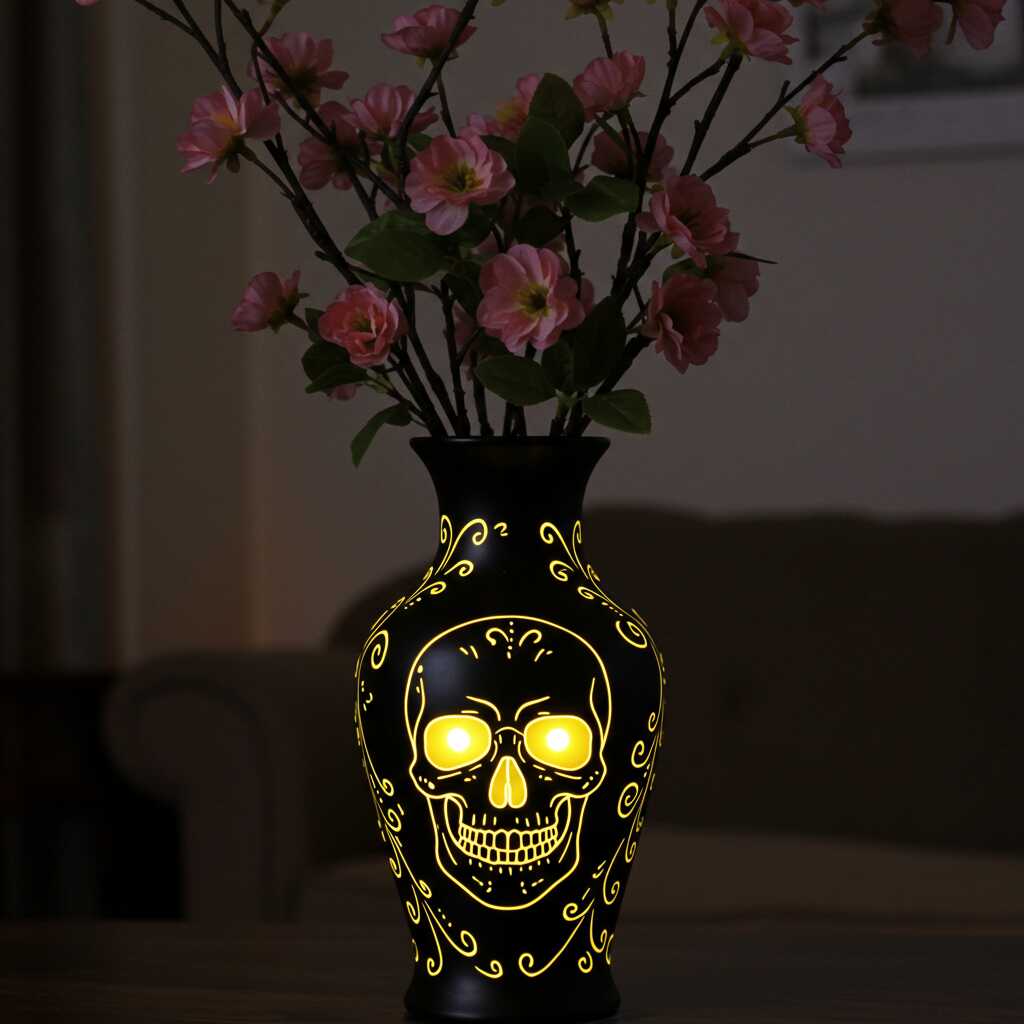
The Art of Craftsmanship: Techniques and Innovation in Skull Shaped Vases
The creation of skull shaped vases is a testament to the skill, creativity, and innovation of artisans who blend traditional craftsmanship with modern techniques. These pieces are not merely decorative objects but intricate works of art that require meticulous attention to detail, technical expertise, and a deep understanding of materials. From hand-sculpted ceramics to cutting-edge 3D printing, the methods employed in crafting these vases highlight the intersection of age-old traditions and contemporary design sensibilities.
Traditional Techniques: Honoring Heritage
At the heart of many skull shaped vases lies the time-honored practice of handcrafting. Artisans often begin with raw clay or porcelain, shaping the material by hand or using molds inspired by classical sculptural techniques. This process involves multiple stages, including wedging, forming, drying, and firing, each requiring precision and patience. In some cases, potters employ coiling or slab-building methods to construct the hollow forms, ensuring structural integrity while maintaining the delicate curves and contours of the skull.
Glazing, a critical step in the finishing process, adds another layer of artistry. Traditional glazes, such as celadon or raku, imbue the vases with rich textures and colors that evoke ancient pottery traditions. Some artisans opt for crackle finishes or metallic lustres, creating surfaces that catch and reflect light in captivating ways. Hand-painted details, whether intricate floral patterns or abstract geometric designs, further enhance the individuality of each piece, making it a one-of-a-kind creation.
The use of natural pigments and organic materials also connects these vases to their historical roots. For example, terracotta vases with earthy tones evoke a sense of warmth and authenticity, while blackened finishes achieved through smoke firing techniques harken back to primitive art forms. These traditional methods not only preserve cultural heritage but also infuse skull shaped vases with a tactile, human quality that resonates deeply with viewers.
Modern Innovations: Pushing Boundaries
While traditional craftsmanship remains a cornerstone of skull shaped vase production, modern technology has opened up exciting possibilities for innovation. Digital tools and advanced manufacturing techniques have expanded the creative horizons of designers, enabling them to experiment with forms, materials, and finishes that were once unimaginable. One of the most significant advancements in this field is the use of 3D printing, which allows for unprecedented precision and customization.
3D-printed skull shaped vases can be crafted from a variety of materials, including biodegradable plastics, resins, and even metals like bronze or aluminum. This versatility enables designers to explore unconventional textures and structures, such as lattice-like patterns or asymmetrical designs that challenge traditional notions of symmetry and balance. Moreover, digital modeling software gives artists the freedom to manipulate proportions and scale, resulting in pieces that range from delicate miniatures to monumental installations.
Another area of innovation lies in the integration of mixed media. Contemporary artisans frequently combine disparate materials—such as glass and wood, metal and ceramic, or concrete and fabric—to create hybrid forms that defy categorization. These juxtapositions introduce unexpected visual contrasts and tactile experiences, inviting viewers to engage with the vases on multiple sensory levels. For instance, a skull shaped vase might feature a translucent glass “cranium” paired with a matte ceramic base, creating a dialogue between transparency and opacity, fragility and solidity.
Advances in surface treatments have also revolutionized the aesthetic potential of skull shaped vases. Techniques such as electroplating, laser etching, and hydrographic printing allow for highly detailed embellishments that elevate the pieces to new heights of sophistication. Electroplating, for example, can add a shimmering metallic sheen to select areas of the vase, while laser etching enables precise line work that mimics everything from tribal markings to futuristic motifs. Hydrographic printing, on the other hand, makes it possible to apply complex patterns—such as marbling, camouflage, or even photographic imagery—onto curved surfaces with remarkable accuracy.
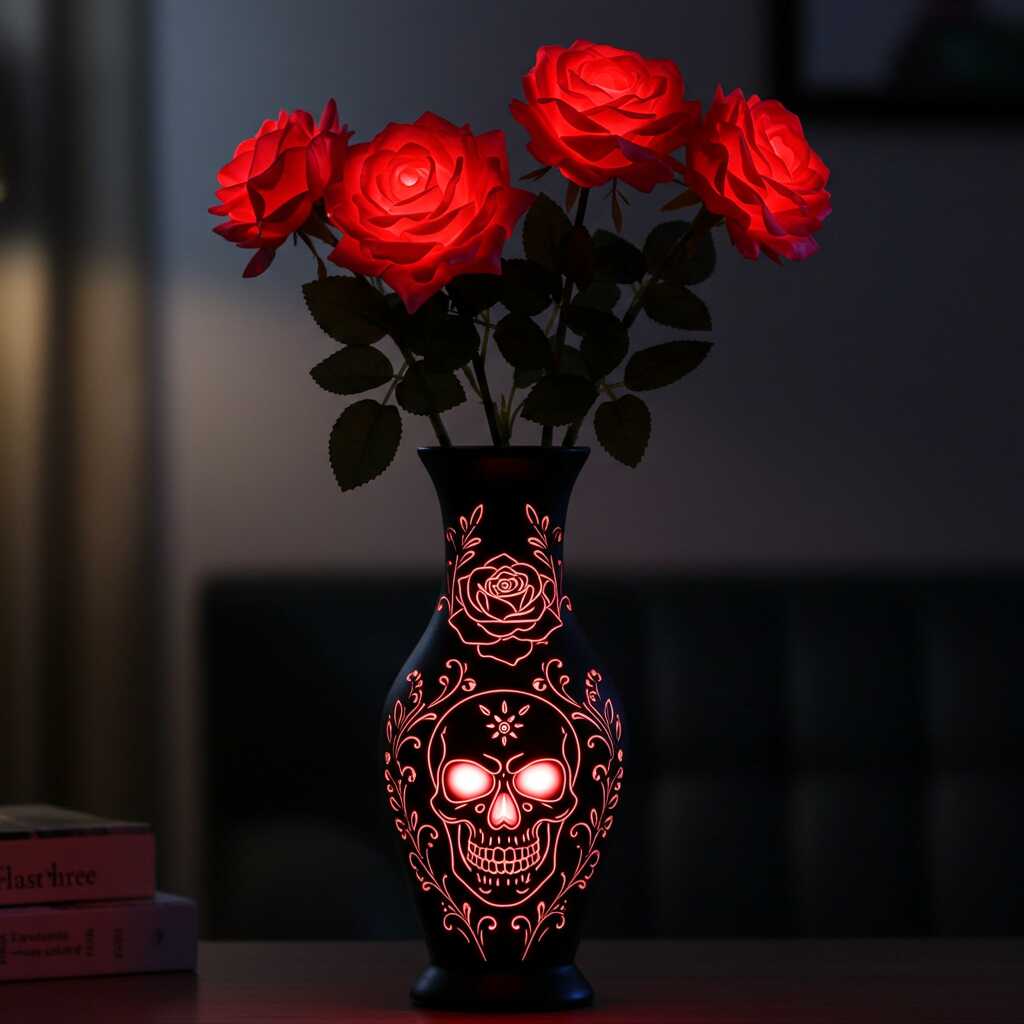
Conclusion: The Transformative Power of Skull Shaped Vases
The enduring appeal of skull shaped vases in contemporary home design represents far more than a passing trend; it embodies a fundamental shift in how we engage with art, symbolism, and personal expression within our living spaces. These remarkable pieces challenge conventional boundaries between form and function, creating dynamic intersections where beauty meets contemplation and decoration encounters deeper meaning. Their presence in modern interiors serves as a testament to our evolving relationship with mortality, transforming what might traditionally be considered macabre into vehicles of personal growth and philosophical exploration. Through their intricate designs and thoughtful placement, skull shaped vases invite us to reconsider established norms about what constitutes appropriate home decor, pushing us toward more courageous and authentic expressions of individuality. As we continue to navigate an increasingly complex world, these pieces offer sanctuary spaces that acknowledge life’s complexities while celebrating its transient beauty, reminding us that true sophistication lies in embracing contradiction and finding harmony in apparent opposites.
